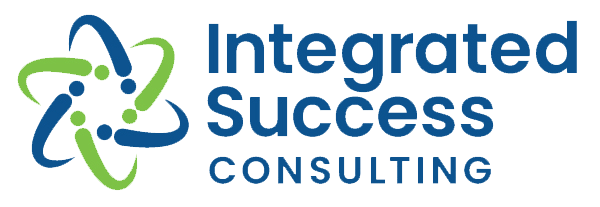The realities of workplace conflict and how to deal with it.
“Our team is constantly fighting with each other.” “I have a conflict with X and I am totally stressed out.” “I can’t do my job because that other person/department is getting in the way.” “There is so much back-biting that I hate coming to work.”
I’ve been hearing a lot about conflict in the workplace lately. Individuals or groups not just disagreeing, but being disrespectful, uncivil and downright mean and intolerant. Sometimes it even leads to violence. Leaders are often unsure how to address conflict and bring teamwork and kindness (yes, I said kindness) into the workplace. It is a challenge to be certain; however, it is critical that leaders intervene and get people back to working well together.
Self-inflicted morale problems.
Allowing gossiping, passive-aggressiveness and straight-up aggressiveness (not to be confused with assertiveness) is causing self-inflicted wounds. It results in low morale, low productivity, low quality, low customer satisfaction and low innovation along with high turnover, high absenteeism and high internal and external complaints. The unchecked bad behaviors of a few people can quickly permeate the entire culture. Employees with positive attitudes leave or give into the new low benchmark. Not addressing the issue early on causes things to spiral out of control.
Take a moment to imagine you have the workplace culture you desire…. What do you see? What are people doing? What do you hear? How are people interacting with each other, with customers, and with you? What are you doing differently? What business outcomes are made possible by this shift? Sit with that image for another moment or two.
Ahhh… isn’t that better? The truth is, most of your people would want to be there, too. They just don’t know it’s possible or how to get there. They need you to show them the way.
This is not a “train-people-and-we’re-done” kind of challenge. You are aiming to change how people think, behave and even feel. It may be a heavy lift, but it is SO worth it!
It’s simple: Organizations that have respectful, diverse, and inclusive workplace cultures experience higher levels of community, creativity, purpose, and profit.
Look at the big picture.
Whether the situation involves yourself, is between other people or across organizational units, you must truly address the root of the issue before you can effectively advance your goals. You can get a fuller picture when you analyze the conflict from different perspectives. Consider the conflict’s cost and other impacts on:
- your organization
- your team
- your clients and customers
- your other business relationships
- the other person/people in the conflict
- your career
- your personal health and well-being
Don’t tolerate negative behaviors.
Leaders who want to turn around an organization struggling with conflict and negative behaviors must shift the culture. To make this shift easier, it is important to keep in mind what matters:
- Words matter: What you say and how you say it to others creates (or destroys) relationships. Be purposeful in your language and tone.
- Intentions matter: The human brain can detect and process facial expressions and body language in a fraction of a second. And we can’t fool ourselves well, either. Small “tells” leak out even when we try to hide them. This means people can often see whether or not your words and your true feelings are aligned. Be genuine in your intentions, words and deeds.
- Actions matter: Positive words and positive intent ring hollow until they are put into action.
- Leaders matter: Most importantly to making the shift, leaders must be brave and go first.
As the leader, it’s up to you to set the tone in your workplace. So, start by asking yourself two key questions:
- Am I willing to resolve the conflict?
- Am I willing to take 100% responsibility for my impact in resolving the conflict?
If your answers are an emphatic “yes!” you are well on your way.
7 steps to resolve conflict.
Here’s a handy step-by-step process for resolving any conflict – in your work or personal life.
Step One: Check yourself by answering these questions honestly:
- Am I willing to resolve the conflict?
- Am I willing to take 100% responsibility for my impact in resolving the conflict?
Step Two: Objectively understand the situation and the other person
Step Three: Understand your own needs, wants and goals
Step Four: Assess your style compared to the other person’s style
Step Five: Develop a clear strategy to move forward
Step Six: Prepare for what might go wrong
Step Seven: Rehearse with an objective colleague or advisor
When conflicts reach the point of being unproductive or derailing results and stakes are high, it is best to partner with an objective adviser to become crystal clear and confident. We can help.
Use proven tools and strategies to address conflict.
It can be hard to know exactly where to start and what will have a truly productive and positive outcome. Integrated Success is an all-in partner with hands-on expertise and a strengths-based approach to help your team thrive. We use proven assessments, strategies and tools to identify and resolve challenging workplace dynamics.
Whether we are working with clients to develop inclusive strategic plans, coaching leaders to be inspiring, effective and confident, helping individuals recognize and appreciate their own and others’ strengths, or leading a flagship training program (such as Creating Workplace Community and Building Connections), respect is at the heart of it. We help leaders figure out what will work best for them and their organization.
If your workplace culture is not where you want it to be, give me a call. We’ll partner with you to build on strengths and overcome challenges.

